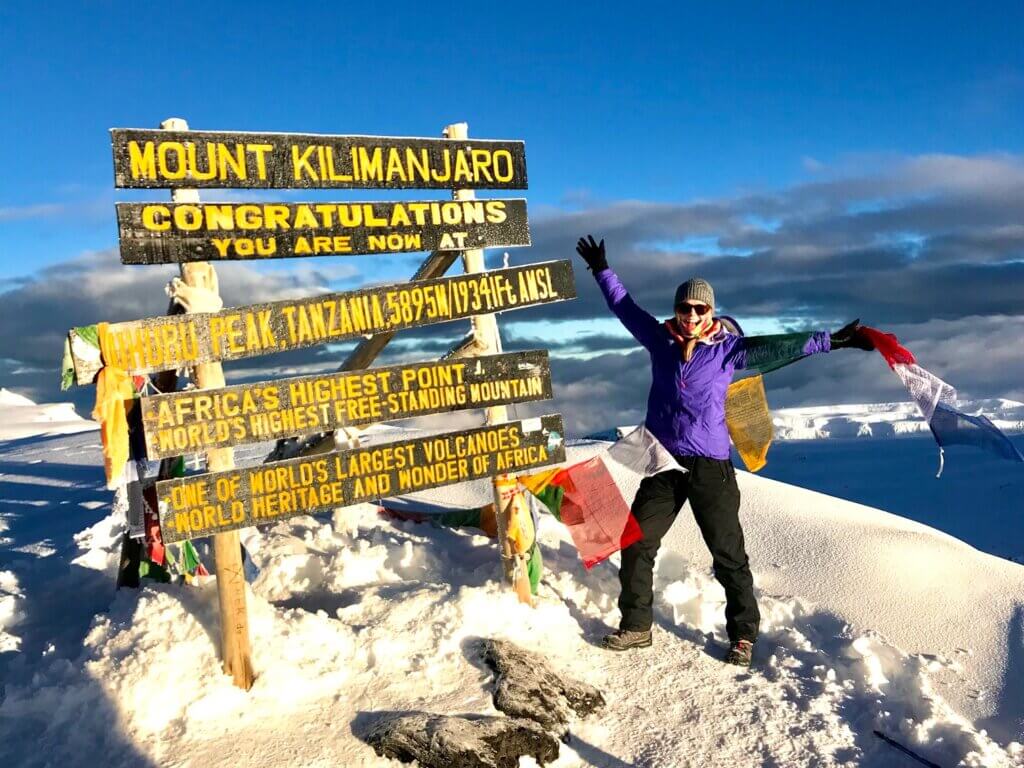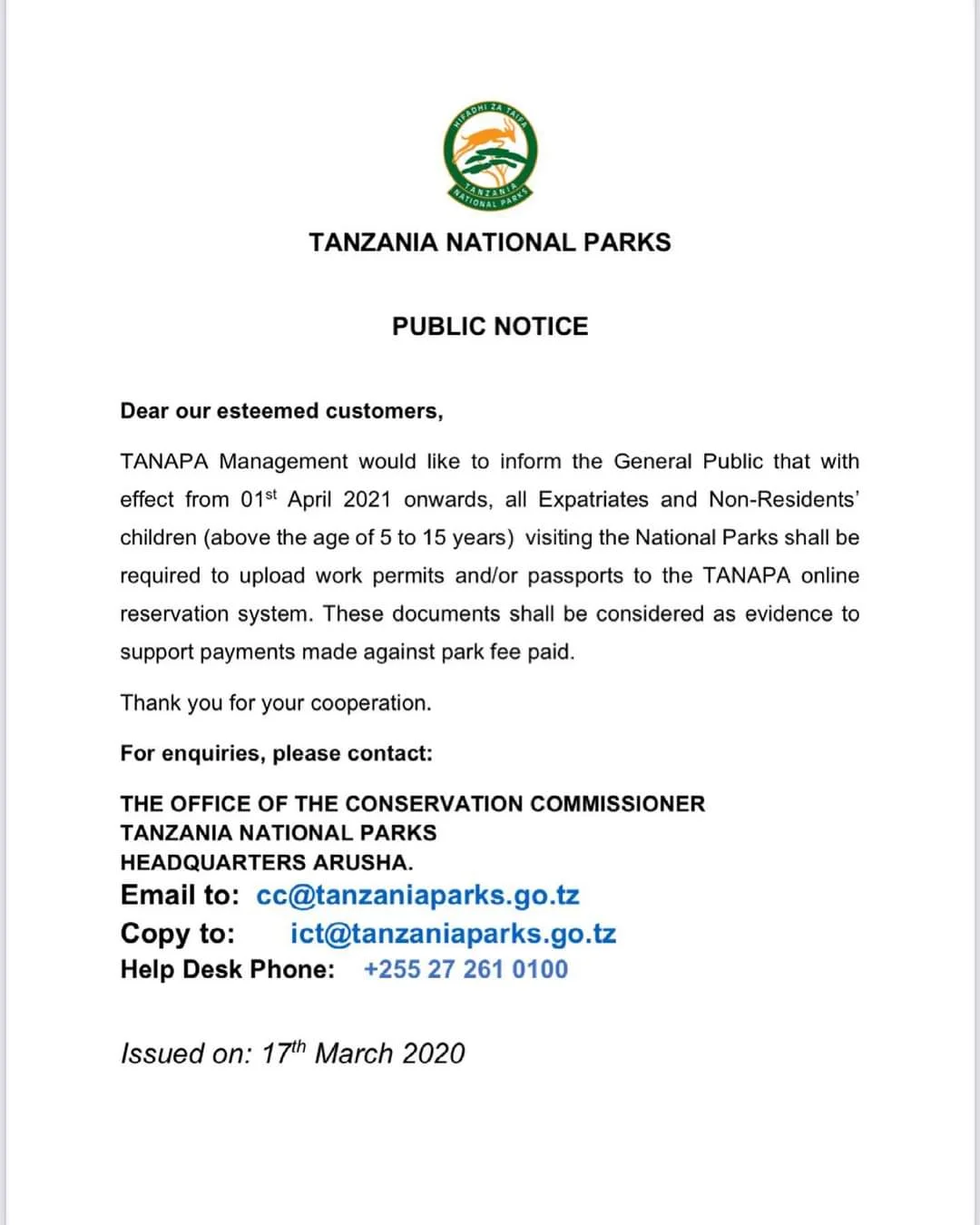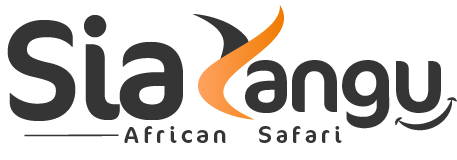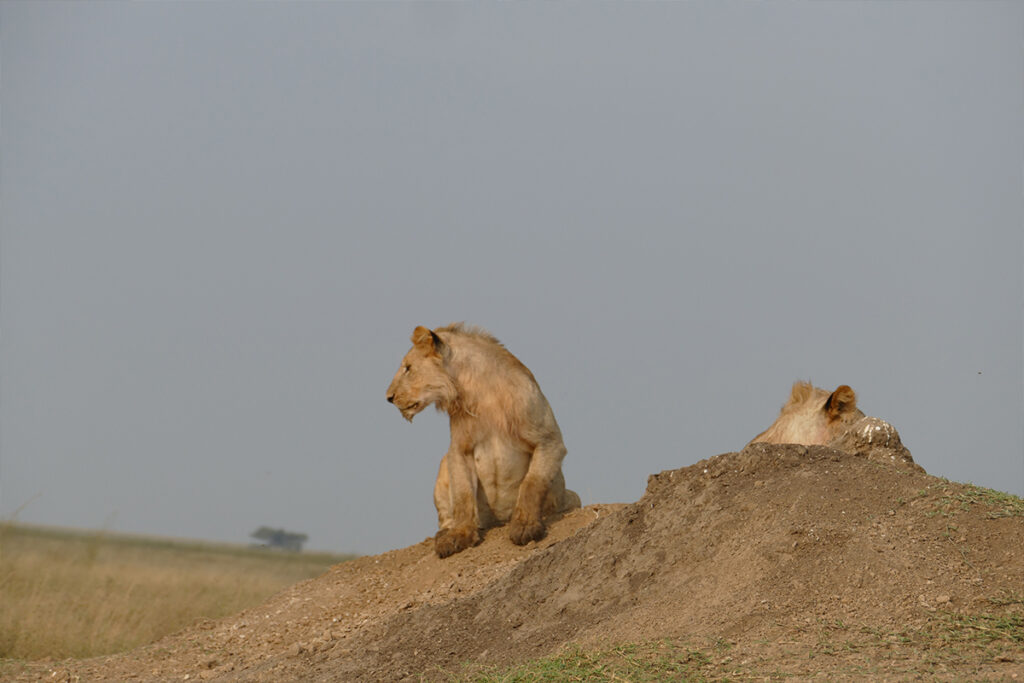Every year, over 30,000 people attempt to climb Mount Kilimanjaro, but few consider the intricacies of obtaining a climbing permit beforehand. Without proper documentation, such a venture could turn from an epic adventure to an unfulfilled dream. Understanding the rules and requirements is crucial for a successful ascent.
Kilimanjaro climbing permits are not just formalities; they are essential for maintaining the integrity and safety of the site. Managed by the Tanzania National Parks Authority (TANAPA), permits help regulate the number of climbers to preserve the mountain’s delicate ecosystem. The permit system also ensures that climbers contribute to the local economy, with fees supporting infrastructure and development.

Overview of Climbing Permits for Mount Kilimanjaro
Climbing Mount Kilimanjaro requires a permit, and obtaining one is mandatory for all climbers. The permits are issued by the Tanzania National Parks Authority (TANAPA). They help regulate the number of visitors and maintain the mountain’s environment. Each permit is only valid for a specific route and duration. It’s important to apply for the correct permit to avoid climbing issues.
There are different types of permits based on the route you choose to climb. Some routes are more popular and might require advanced booking. For instance, the Marangu route is known for its huts, while the Machame route is famous for its scenic views. Popular routes might get fully booked during peak seasons. Therefore, planning ahead is necessary.
Permit fees vary depending on the route and number of days you intend to climb. Domestic and international tourists have different pricing structures. Additionally, there are extra fees for camping and rescue services. This ensures funds go back to conserving Kilimanjaro and supporting local communities. Climbers should budget accordingly for these costs.
Permits not only help with conservation but also aid in climber safety. With the permits, TANAPA can monitor and manage the climbing traffic. This ensures all climbers are accounted for, especially in emergency situations. It’s a system designed to protect both the climbers and Kilimanjaro itself. Make sure you understand all permit details before your climb.
10 Things I Wish I Knew BEFORE Climbing Mt Kilimanjaro! | Follow Alice | 4K
Essential Details Every Climber Must Know
Every climber must understand that safety is paramount while climbing Kilimanjaro. Bringing appropriate gear can make or break your journey. Essentials include sturdy boots, weather-proof clothing, and sufficient food and water supplies. Altitude sickness is another major concern, and acclimatization days are necessary. Preparing adequately can minimize risks during the ascent.
Understanding the weather conditions is crucial. Kilimanjaro’s climate varies dramatically with altitude, ranging from tropical at the base to Arctic at the summit. Climbers will experience diverse weather patterns, so layering your clothes is vital. The best months to attempt a climb are from June to October and December to February. These periods offer clearer skies and less rainfall.
Every route on Kilimanjaro offers different experiences and challenges. Some routes are shorter but steeper, while others are longer and more gradual. Familiarizing yourself with the route options is essential. Here’s a quick overview of some popular routes:
- Marangu Route: Known for its huts and ease
- Machame Route: Offers scenic views and is more challenging
- Lemosho Route: Less crowded and very scenic
Choose a route that matches your fitness level and preferences.
Protocol and regulations are also key aspects every climber must know. These include staying on designated trails, respecting wildlife, and following Leave No Trace principles. Climbers must also register at the park gates and check in at each camp. Adhering to these rules maintains the mountain’s natural beauty and ensures a safe experience for all.
Eligibility Requirements for Obtaining a Climbing Permit
To climb Mount Kilimanjaro, certain eligibility requirements must be met. All climbers need to be in good physical condition, as the trek is demanding. While there is no official age limit, younger climbers face stricter scrutiny. Each applicant must present a valid passport upon permit application. It’s the first step in ensuring proper documentation and accountability.
A vital part of the eligibility criteria is having a verified tour operator. Individuals cannot climb Kilimanjaro independently; they need a licensed guide. Tour operators ensure that climbers are adequately prepared and safe during the climb. This requirement helps regulate climbing numbers and maintain safety standards. Therefore, choosing a reputable tour company is essential.
Proof of travel insurance is another criterion for obtaining a permit. The unpredictable nature of the climb means unforeseen events could occur. Many tour operators insist on insurance coverage that includes high-altitude trekking. This provides peace of mind and protection in case of a medical emergency. Ensure your insurance covers all necessary aspects before your journey.
Financial requirements also play a role in the permit process. Climbers must pay permit fees, which contribute to conservation efforts and local community support. Fees vary depending on the route and season. A typical breakdown of these costs includes park entry fees, camping fees, and rescue fees. Budgeting for these expenses ahead of time is crucial to avoid surprises.
Navigating the Application Process for Kilimanjaro Permits
Obtaining a Kilimanjaro permit starts with selecting an approved tour operator. These operators handle the permit process, making it smoother for climbers. It’s important to research and choose a reliable company that meets your specific needs. Check for customer reviews and certifications. Doing so ensures a seamless booking experience.
Once you’ve selected a tour company, the next step involves submitting the necessary documents. Your tour operator will guide you on what is required. Typically, you’ll need to provide a scanned copy of your passport and proof of travel insurance. Preparing these documents in advance can expedite the application. Electronic submissions are common and convenient.
The application process also involves selecting your preferred climbing route and duration. Though the operator manages permit details, climbers should communicate their preferences clearly. Different routes offer varying levels of difficulty and scenery. Sharing your fitness levels and climbing experience can help operators recommend the best option. This ensures a safe and enjoyable climb.
Permit fees need to be clearly understood as they can affect your budget. Your operator will include these costs in their package quote. The fees contribute to the maintenance and conservation of Mount Kilimanjaro. Be sure to discuss all costs upfront with your operator. Clarity on financial obligations helps avoid unexpected expenses.
The timing of your permit application is also crucial for a successful climb. It’s best to apply well in advance, especially during peak climbing seasons. Popular routes can fill up quickly due to high demand. Early applications ensure you secure a spot on the intended date. Plan accordingly to fit your schedule.
Cost Factors Associated with Climbing Permits
Climbing Mount Kilimanjaro involves several costs tied to permits, vital for a smooth experience. Permit fees vary greatly depending on the number of days spent on the mountain. The longer you climb, the higher the cost. These fees ensure the park remains well-maintained and safe for climbers. Balancing your budget with climbing goals is important.
A table helps outline key costs involved:
| Type | Cost Per Day (USD) |
|---|---|
| Park Entry Fee | $70 |
| Camping Fee | $50 |
| Rescue Fee (one-time) | $20 |
Route selection influences total costs significantly. Some routes require more camping days, leading to higher fees. Common choices like the Machame and Marangu routes offer distinct experiences. Evaluate each climbing path against your budget and preferences. Doing so ensures no surprises when planning finances.
In addition to standard fees, other factors can affect overall costs. These include tipping guides and porters, which reflects their hard work and support. Additional expenses might arise from gear rental or extra accommodations. Discuss these potential costs with your tour operator. A comprehensive quote will help with accurate budgeting.
Understanding the financial aspects tied to climbing permits is crucial for preparedness. Permit fees not only facilitate your climb but also support conservation efforts on the mountain. Properly allocating your funds ensures a memorable adventure without financial stress. Clarity in cost considerations makes the entire experience more enjoyable.
Regulations and Restrictions Under the Permit System
When climbing Mount Kilimanjaro, it’s essential to follow the regulations set by the authorities. One primary rule is that all climbers must be accompanied by a licensed guide. This rule ensures safety and compliance with mountain protocols. Guides are experienced and know the terrain well. Their presence is invaluable for a successful ascent.
Climbers must also adhere to strict environmental guidelines. To protect the mountain’s fragile ecosystem, everyone must follow the Leave No Trace principles. This means packing out all waste and keeping disturbances to a minimum. Fires are prohibited to prevent damage to the natural habitat. Compliance is crucial for preserving Kilimanjaro’s environment.
The permit system enforces regulations around group sizes for climbing. Large groups increase the risk of trail damage and environmental impact. Therefore, group numbers are restricted to ensure minimal residual effects on the mountain. Smaller groups offer a more intimate experience and help maintain the area’s natural beauty. Your tour operator will manage these details for each trip.
Climbers should also be aware of potential route restrictions due to changing weather conditions. Certain paths may close if deemed unsafe by park authorities. Safety assessments occur regularly to ensure climbers are not at risk. Always check for updates through your tour operator. Staying informed is key when planning timing and routes.
Understanding these restrictions not only aids individual safety but contributes significantly to the mountain’s conservation. The permit system ensures that future climbing enthusiasts can enjoy Kilimanjaro’s wonders. Following regulations reflects respect for the natural world and fellow adventurers. Adhering to rules enhances the overall experience for everyone.
Key Takeaways
- Get a climbing permit through a licensed tour operator.
- Submit your passport copy and travel insurance details.
- Pay the necessary fees for climbing permits and other services.
- Plan your trip well in advance for peak seasons.
- Ensure all safety and environmental guidelines are followed.




